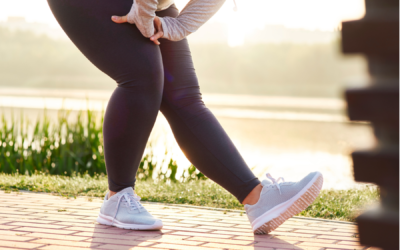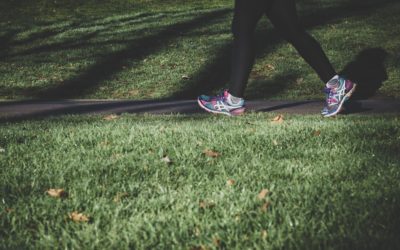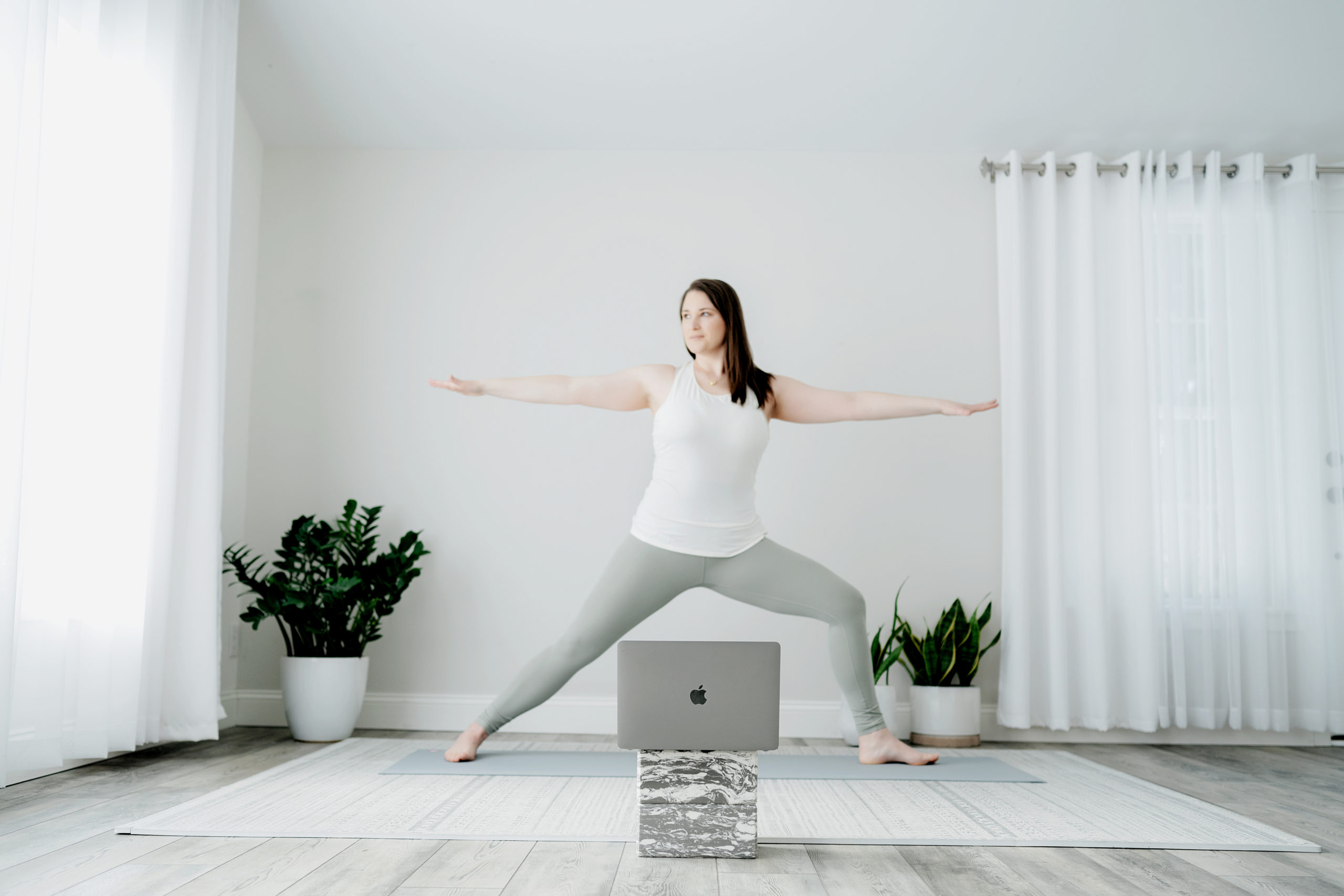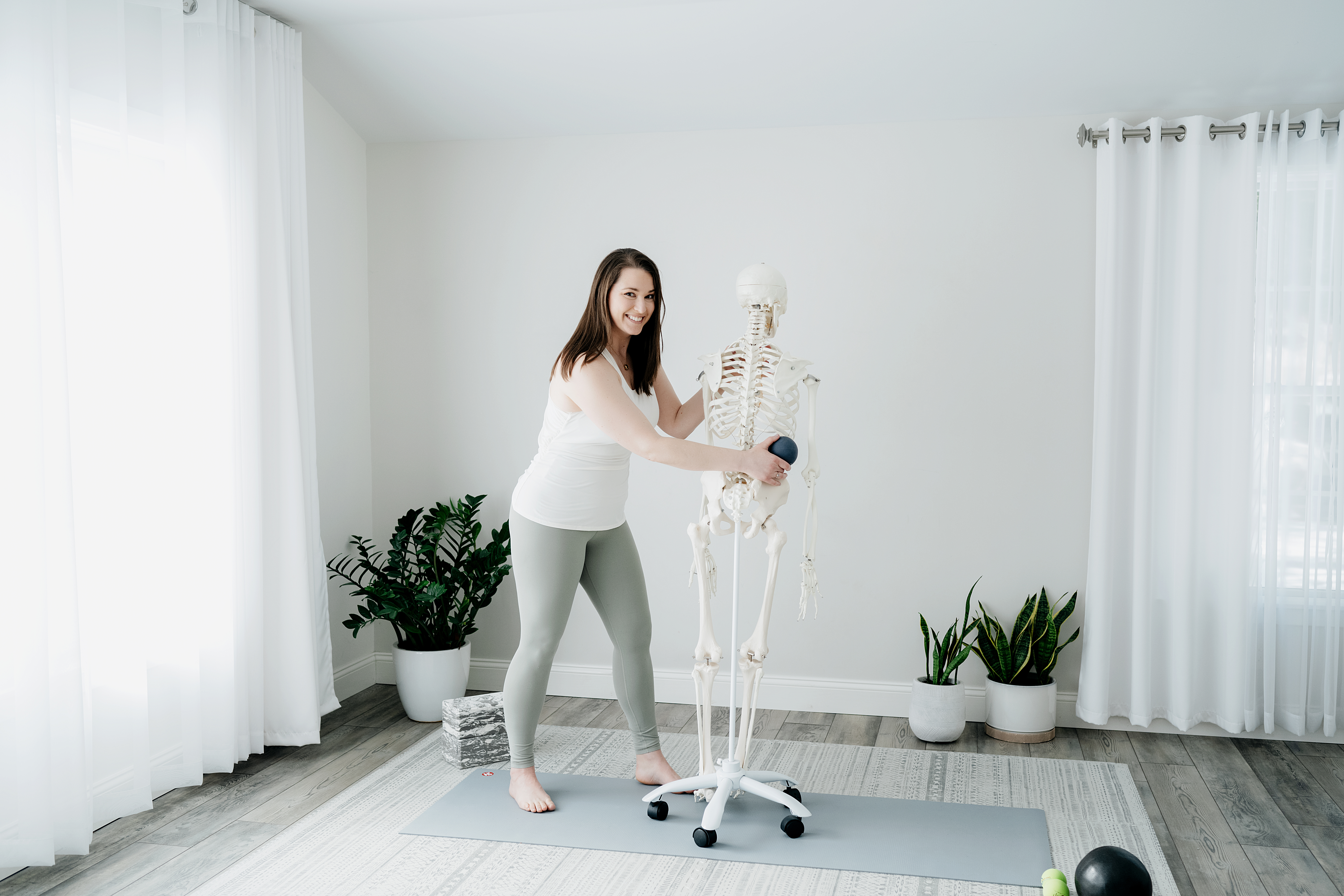Your body was born to move.
As an infant you learned how to pick up your head during tummy time because you couldn’t see your caregiver unless you did. As your neck muscles became stronger so did your back and core muscles. You figured out how to roll because that would get you off of your belly. You moved because tummy time was the pits and switching your position made you happy.
At the same time you were learning, “hey, I can roll,” you were establishing your movement decision making process. Now, you make the call to move a thousand times a day, whether you know it or not. I’m talking about every single movement your body does daily for work, play, and self-preservation.
Your choices to move are largely driven by your instinctive desires to fulfill your needs to eat, reproduce, and take care of yourself and family. Some of those movements are made easier with transportation and appliances, which frees up time to fill with all sorts of things. And sometimes it’s just easier to sit and watch TV. So, if you want to add more movement to your life, it’s helpful to be aware of how you make movement decisions.
Here’s the basic flow of a choice to move:
You’re hungry…
You know:
- how to stand up and walk to the refrigerator
- how much time it will take to walk there
- how you’ll respond to the fridge door being a little stuck because it’s suctioned by cold
Boom, choice made, so you go make a grilled cheese and tomato sandwich.
Now, let’s get nerdy about this…
You’re hungry – the answer to the question, “why move?” This is your internal state or whatever drives you to fulfill one or more goals. This spans activities from getting food to seeking safety, learning, playing, and reproducing. It also includes reasons to exercise: your body feels stiff, you have energy to burn, or you know you’ll feel better when you’re done. Some of these choices depend on your body condition, metabolic, and hormonal inner workings.
How will you move to get food in your belly? Your body knows how to coordinate the movements of your feet, ankles, knees, and hips to stand from a sitting position and walk to the fridge. This is your motion capacity or your ability to move in various ways over different obstacles and terrains. Depending on the ways that you do and don’t move historically and regularly, you have available ranges of motion in your joints that you can use safely. You can always expand those ranges through mobility training, making it easier to swing your leg over the baby gate into the kitchen. You can make movement choices for optimal health given your unique situation.
Next step in the decision making process is figuring out when and where to move. This is your navigation capacity and it’s usually associated with targets like destination, duration, or moving away from a threat. You know how much time it’ll take to walk to the fridge. Do you have to get up right now to ease your growling stomach or do you have enough time to fire off one more email?
There are several external factors that impact navigation capacity and your choice of when and where to move. You know the fridge door might be a little tough to open. Will you need more time to open it or greater shoulder strength? These external factors could be how you move through space, your response to sensory information, or your memory of a previous experience.
You’ll know all of this in a split second, then get up and go make your sandwich. All of the motions you make as a result of these choices are your movement path.
Why bother knowing all of this if it’s all automatic?
To be more aware of how you move in a broader context. To improve your day-to-day movements for living your life in addition to exercise. To add movement that adds value to your life in addition to health and aesthetics.
Take, for instance, how you’ll get tomatoes for your grilled cheese.
You could:
- Garden, which includes the movements of digging, bending, lifting, kneeling, and more.
- Walk to the store, which includes the movements of walking to the store and carrying the tomatoes back home.
- Drive to the store, which includes the movements of the ankle to control the gas and brake pedals and the steps around the store.
If you don’t like the repetition of an elliptical machine, maybe you choose gardening to add more movement to your life. If you don’t mind sets and reps, maybe you add mobility training to make walking to the store easier. Now that you have insight into how you make your movement decisions, you can make conscious choices for more movement.
Turns out, those choices add up. Studies suggest that adding moving more and intentionally can improve your longevity. You probably already knew that, but here’s the icing on the movement cake. Regular movement and movement variety can help you live independently for longer, which has a host of psychological benefits in addition to physical benefits.







0 Comments